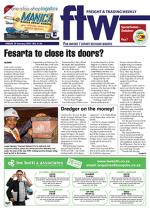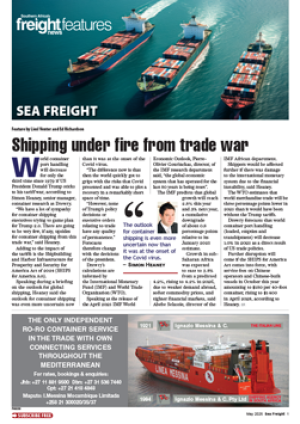Artist Chenjerai
Chiripanyanga was trained
in Italy and spends two
to three months a year in
Europe giving lessons in
sculpture and art.
He explained the logistics
behind the artwork to
FTW.
The artists travel to
districts across the breadth
of Zimbabwe to source the
raw stone. Springstone
mines are in the Mvurwi
area in northern
Zimbabwe; leopard rock
comes from a few small
mines in Nyanga, eastern
Zimbabwe; fruit serpentine
comes from the Kwekwe
area south-west of Harare;
and “opal stone” (a soft pale
green serpentine) comes
from Chiweshe, north of
Harare.
Once selected and paid
for the stone is loaded onto
bakkies or medium trucks
and taken to the sculpture
parks – where the artists
both exhibit and work.
Off loading of blocks
of stone that can weigh
several hundred kilograms is
done by a borrowed forklift
or – in the case of Chipiri
Rudunga from the Chapungu
Sculpture Park in Avondale,
Harare – a block and tackle
hoist used by his mechanic
brother to manoeuvre
engines in and out of cars.
Once the process is
reversed, the forklift or block
and tackle is used to load
the bakkie to be taken to the
customer or to a warehouse
for crating.
Other artists or their
agents pack the pieces on site
for shipping.
Forwarders then take
responsibility for delivering
the work to the collector
or to one of the galleries
abroad which specialise in
Zimbabwean stone work.
Consignments are
consolidated in Harare or
South Africa.
Pieces can also be sent
by courier and airfreighted
rather than travelling
by sea – depending on
the requirements of the
customer.
CAPTION
Chenjerai Chiripanyanga – you will find the
internationally known artist exhibiting his work
alongside the Joshua Nkomo express highway (better
known as the airport road) between Harare International
and the city centre, or on the Interne

